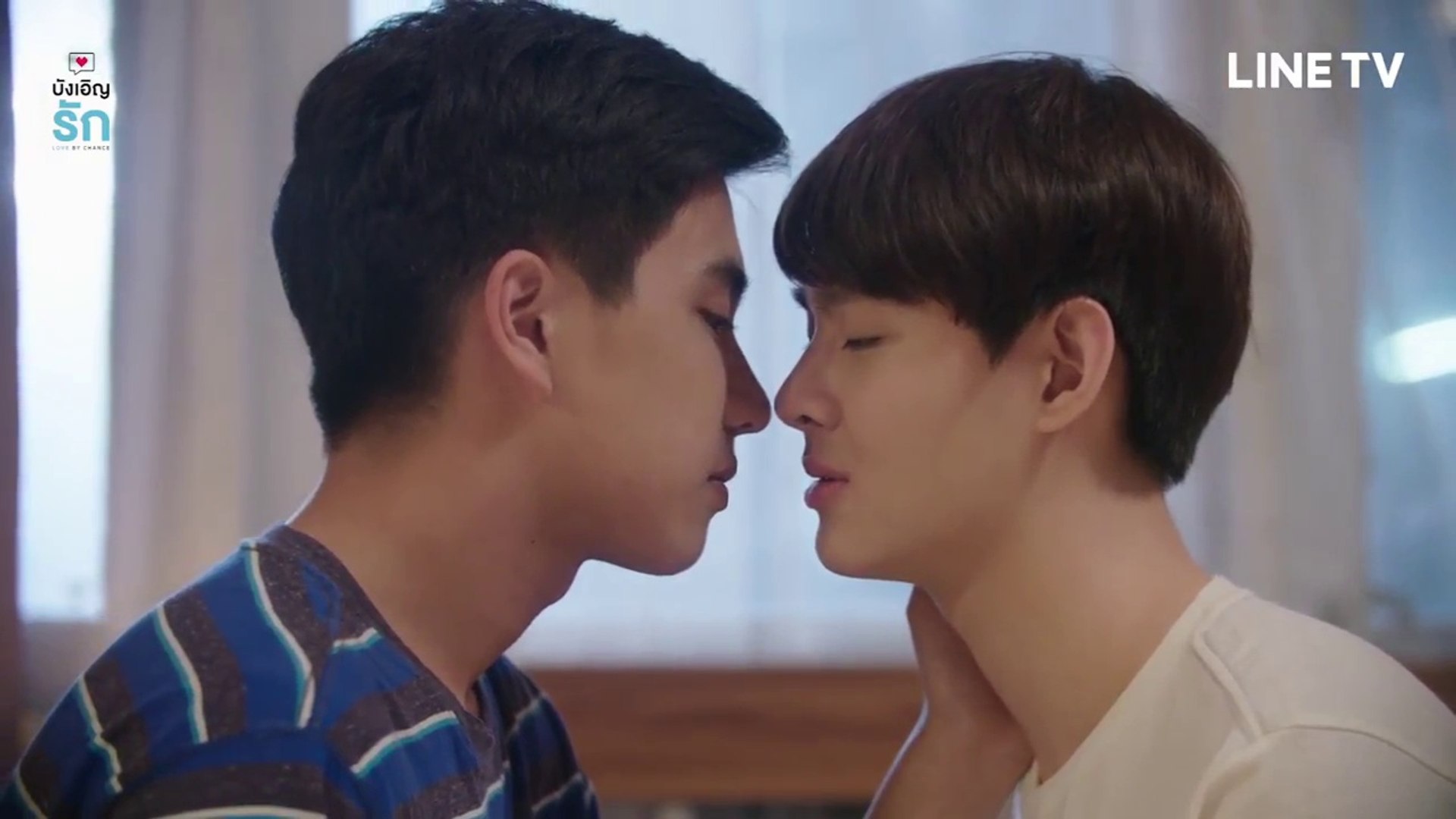Table of Contents Show
Trigger Warning: ‘The ‘Boys’ Love (BL) Genre’ mentions sexual assault in this article (specifically in the section “Normalization of Sexual Assault”)
Boys’ love, abbreviated BL, is a genre where the main plotline is a romance between two male characters. Whether it’s TV shows, movies, manga, or manhwa, every form of boys’ love has blown up in the past two decades — even more recently with the rise of social media. There are several reasons for this: the general desire for queer representation, fatigue with heterosexual romances, or the fact that they are simply more interesting; everybody has a different reason for enjoying it. But how did it get so popular, who is enjoying it, and what does its explosion mean for the LGBTQ and MLM communities? Get your notes ready for some recommendations and stay for some social commentary.
The History Of Boys’ Love
The boys’ love genre, previously (and still known as) yaoi, began in Japan. Yaoi is considered an outdated term associated with fetishization, so it will not be used, but it is significant to know that this term existed and that it is still used on Wikipedia as the official term to represent this genre. There have always been depictions of homosexuality, especially between men, in literature throughout history, but the genre the world knows and loves today began around the 1970s, which coincides with a lot of global and Japanese social movements. The world was becoming slightly more accepting of new social rules, opening up new possibilities in queer literature.
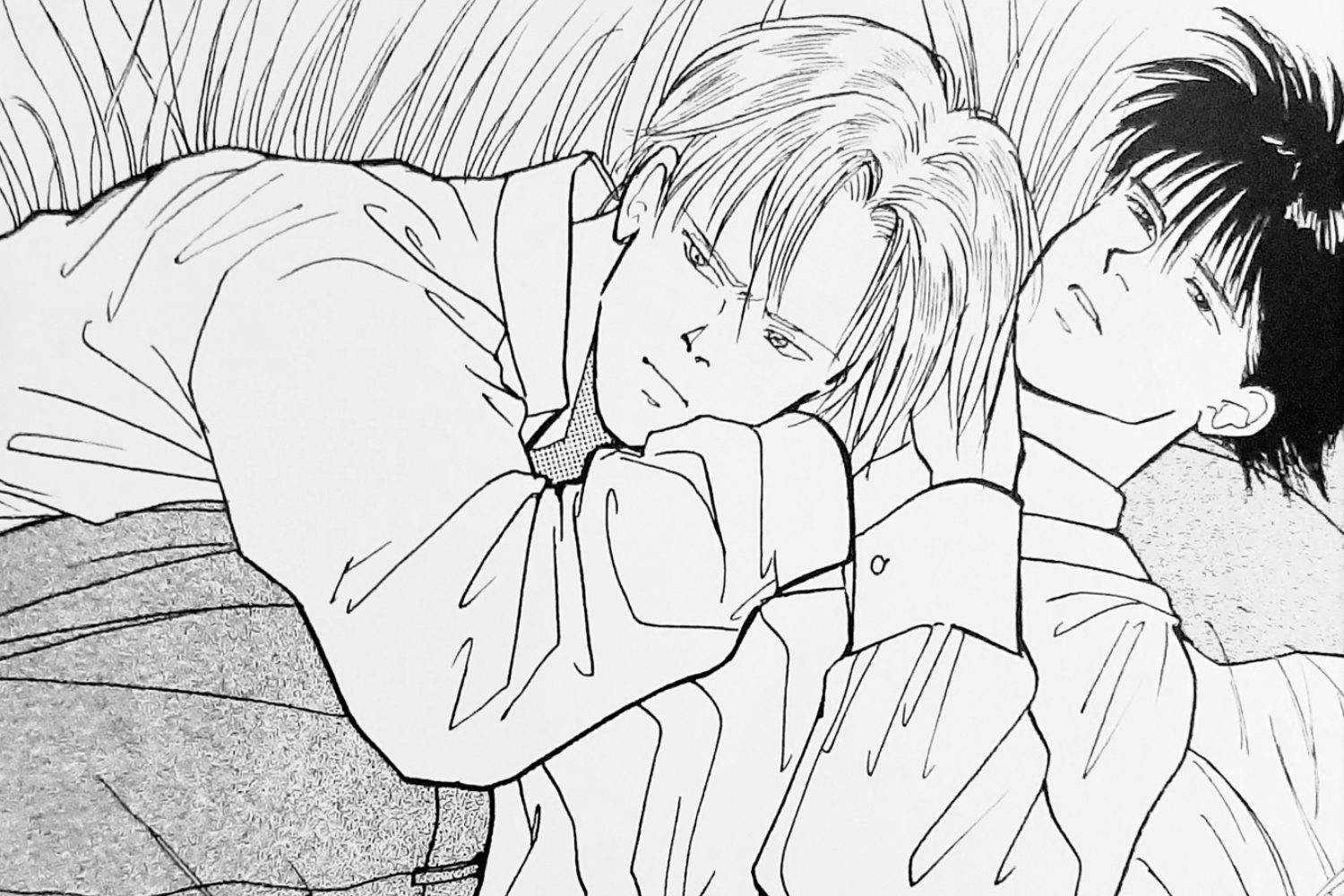
The genre first began with shounen-ai, which is defined as a manga that depicts two young boys involved in a romance with each other. Most manga before this point was produced by male authors, which led to female audiences feeling alienated since the female portrayals of characters were boring at best and sexist at worst. Therefore, when there was a boom of female authors during the 70s, female audiences received a dose of the representation they had been waiting for. In the embodiment of men.
While Japanese society was undoubtedly opening up opportunities to women, it still put them in a demure and submissive role, which carried onto manga no matter how hard female authors tried to reinvent gender stereotypes. With men, however, girls and women got to see two equally independent and strong characters fall in love without the usual problematic power dynamics present in heterosexual manga. They could imagine themselves in the male’s role without feeling as if they have to submit to their lover. With a genre that catered to their needs, female audiences (and, of course, queer audiences) jumped onto this genre voraciously.
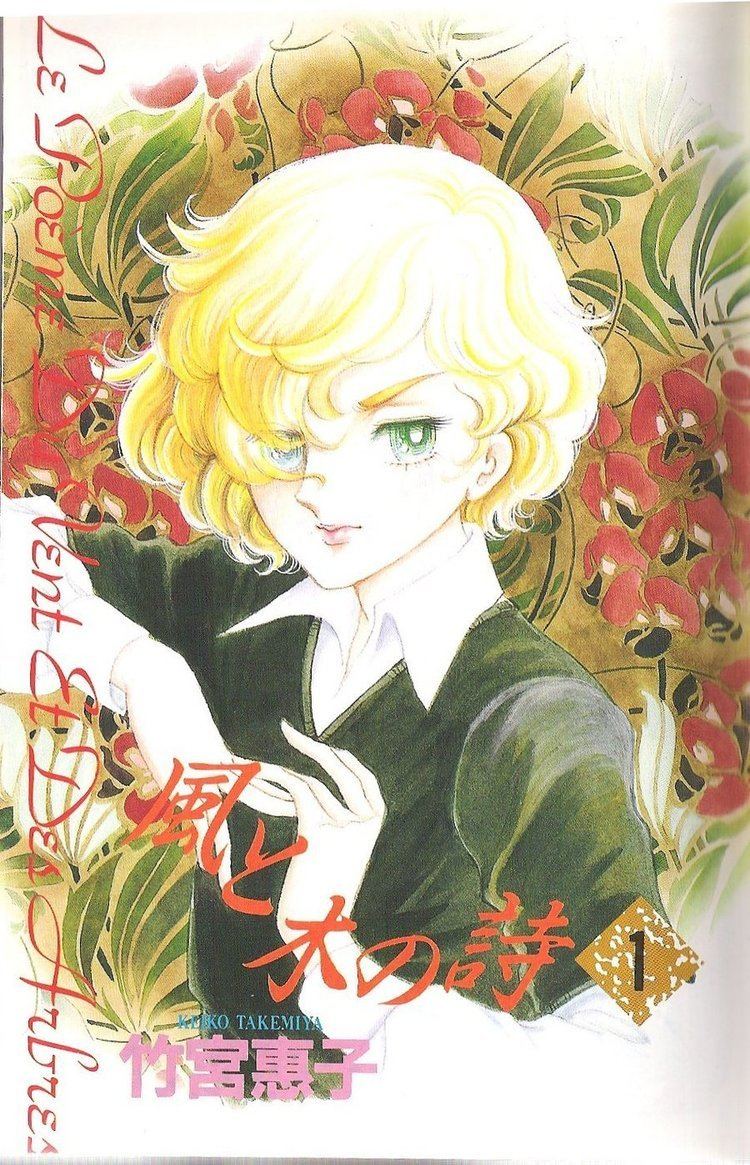
The first examples of shounen-ai were put together by a group of female authors deemed “Year 24 Group of Flowers,” which included Takemiya Keiko and Hagio Moto. These authors were the pinnacle of their time, producing manga that sold over a million copies. In addition, they sparked a new sensation with manga such as Pō no Ichizoku (1972-present) to Kaze to Ki no Uta (1976-1984) and filled a need for this genre in manga that has been there since the genre was first around.
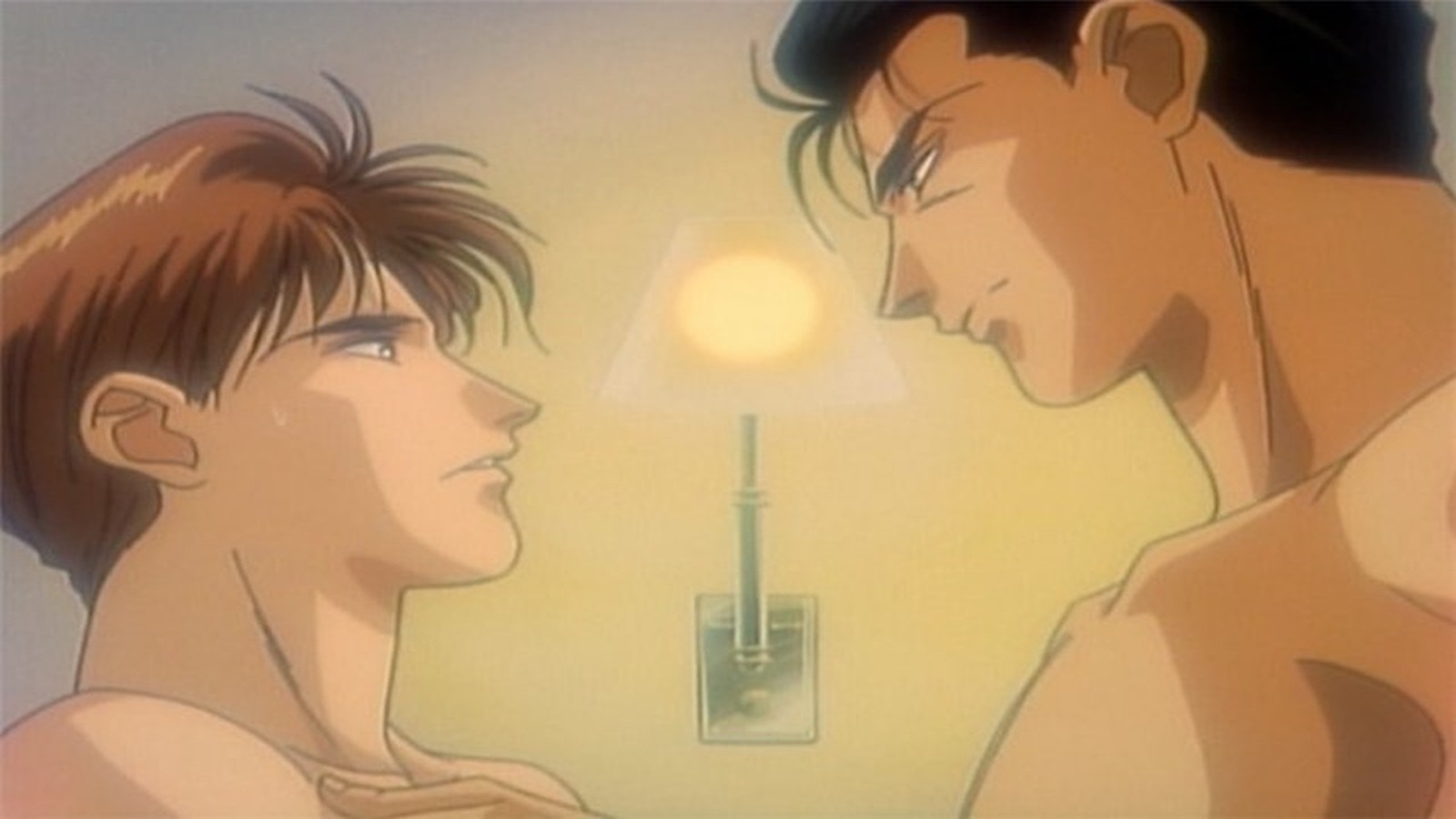
While the 1970s enjoyed the rise in boys’ love, the 1980s was where boys’ love enjoyed its sharpest increase at the end of the 20th century. Doujinshi (self-published magazines) in the boys’ love genre also soared, producing the phenomenon known as ‘yaoi anatomy‘ because inexperienced authors were so excited about producing boys’ love doujinshi that they jumped in without practicing first. Because of this huge growth, publishing houses realized they could actually make money off BL because of its popularity; they disregarded its controversial content and began to publish official BL manga.
In terms of media, on the other hand, the growing trend of BL has only grown in the past five or ten years. Erotic and homosexual literature, as controversial as it still is, Japan allows most of it to be published because of its belief in free speech. Additionally, since the genre is marketed toward women, and imagining women enjoying porn is ridiculous, the genre is usually brushed off as harmless. However, media is a harder critic of homosexuality since it reaches more audiences, and it’s with real people in a more traditional entertainment sector.

Thailand has recently (i.e., 2014) broken through its censorship barrier with a barrage of new BL content, from SOTUS (2016) to Together with Me (2017). It not only has brought representation for Southeast Asians and Asians in general, but it has also brought more awareness and acceptance of homosexuality in these countries because of the intricate and humanizing plotlines, realistic characters, and their popularity. Unfortunately, however, regulation on erotica and homosexuality continues in countries like Japan, South Korea, and China; we can only hope that boys’ love helps change public perception. But, with its reputation, it may hurt instead of help.
The Problems With Boys’ Love
Boys’ love is progressive, but specific themes, such as sexual assault and fetishization, set the genre back. As much as boys’ love has done for the queer communities in Asian countries and the enjoyment of girls and women everywhere, there are still several problems within the genre that need to be addressed in order for everybody to have a better reading experience overall. Suppose viewers and mangakas could band together to try and improve the genre for younger and inexperienced readers to enjoy healthily. In that case, boys’ love will be on its way to being the best genre of literature and media in the world.
Normalization Of Sexual Assault
One of the biggest problems in BL today is its culture of sexual assault and sexual harassment. It’s gotten to a point where BL enjoyers create lists based on whether they portray healthy relationships or not because so many of them include scenes of straight-up rape and portray some queer characters using harmful stereotypes. Sexual assault is generally normalized in Japan, which spills into its literature. Both BL and straight mangas are overtaken with characters shouting ‘no’ or ‘stop’ and being ignored by their partner or are even taunted, portraying lack of consent as sexy. Creepy dynamics, as shown in Hitorijime My Hero (2017) with a romance between a teacher and a student, also run rampant.

The Tyrant Falls In Love (2010) and My Sexual Harassment (1994-1995) (pictured above), among many others, are simple examples of how BL normalizes sexual harassment (hello, it’s in the name of the anime) and assault, which portrays gay men and queer relationships in a very bad light. Even though the main audience is female, queer men and boys still enjoy BL and may develop unhealthy ideas about romantic relationships because of how rampant toxic stereotypes and relationships run in this genre. Even newer BL that’s marketed as containing healthy representation, like Given (2013-present), contain these types of scenes.
But BL is especially harmful because even non-erotic doujisnhis and mangas have nonconsensual elements to them and utilize the homophobia in Asian culture to force “straight” characters into queer relationships. Even though boys’ love shouldn’t have to carry the reputation of the queer community on its shoulders and should be able to produce enjoyable content despite what others think — it’s still important for BL to portray healthy relationships so that audiences and governments are more welcoming to the idea of same-sex relationships.
Healthy Portrayals
This should go without saying, but healthy portrayals of relationships are essential for vulnerable audiences that are underrepresented, such as the LGBT community. We’ve seen all the problems boys’ love has. Not all is lost, however. Now that viewers, readers, and mangakas are picking up on these problematic themes, they are pushing for reform and are boosting anime and manga that include healthy relationships and ignoring those that don’t. They are making their needs known, and now we have a new wave of healthy, romantic, and sweet anime and manga with loving relationships and great characters.
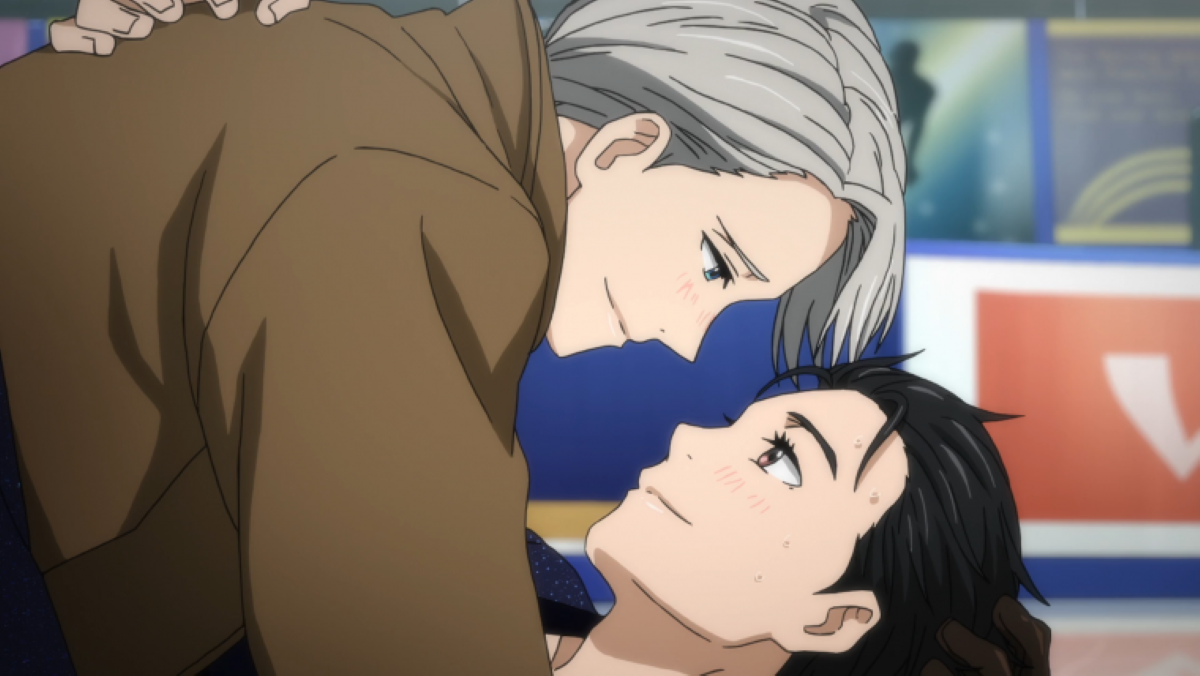
Yuri On Ice (2016) is one of the most prominent examples, being a commercial success both in Japan (eighth-most successful media franchise!) and globally. Its depiction of healthy and consensual same-sex relationships made everybody gravitate toward it, showing that there is a real need for these types of portrayals. It even goes beyond romance and includes a scene about exchanging rings, both showing how deep their love is for each other, highlighting how same-sex couples can enjoy domesticity and things reserved for straight couples, and furthering talks about same-sex marriage in Japan.
Banana Fish (2018) is also another excellent example of a deep connection between two male characters that show love and care for each other in the face of death. Even though we don’t get a proper kiss from this anime (the kiss they do share had ulterior motives), it isn’t too hard to read between the lines of their affection for each other. It is pure love, and that is hard to find. The fact that there are barely any BL anime or manga that show a truly healthy relationship and that whenever a show pops up with these elements, it skyrockets in popularity shows that we need more of these healthy portrayals.
Fetishization
The BL genre started off the backs of female audiences and mangakas and is mainly aimed toward these female audiences. Girls and women should certainly be given credit for the invention and popularization of it. With themes of true love, independence, and grand displays of affection, it’s quite the opposite of what male audiences would find appealing. There would not be a problem with this genre having a female fanbase primarily, especially since they’re the ones bringing it to the mainstream, but there is a problem when these fans turn rabid and start fetishizing every gay man or couple they see.
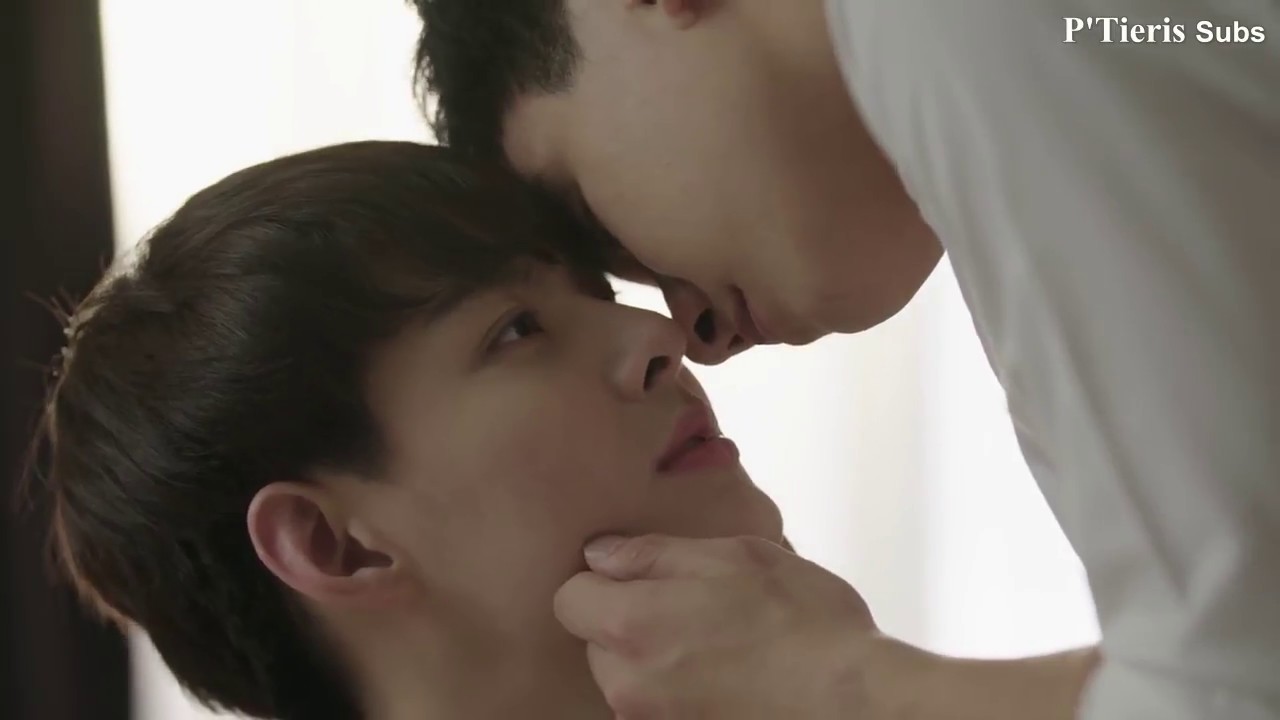
What usually happens in a fandom is that there will be a particular sect of it that goes a little too far with everything: death threats, spamming the Internet about their piece of media, imposing it on everything they see. The boys’ love fandom is no different. There has been a rise in women dubbing themselves “fujoshi,” meaning “rotten girl,” and used to describe women who are extremely attracted to male characters. Instead of imagining themselves with the male characters, they ship male characters together regardless of chemistry. This shouldn’t necessarily be bad, but again, people take it too far.
What happens when women define themselves using this term is that homoerotic tension and sex is all they see. They’re blinded by the idea of hot men having sex with each other and impose that on every show and character that comes along instead of paying attention to the actual plot and characters of the show. BL TV shows and movies only exacerbate this problem. At least in anime, there’s some separation between 2D characters and reality, and these characters are fake, so there’s no problem in sexualizing them since they aren’t real. However, when it comes to real-life actors and gay people, the problem changes.
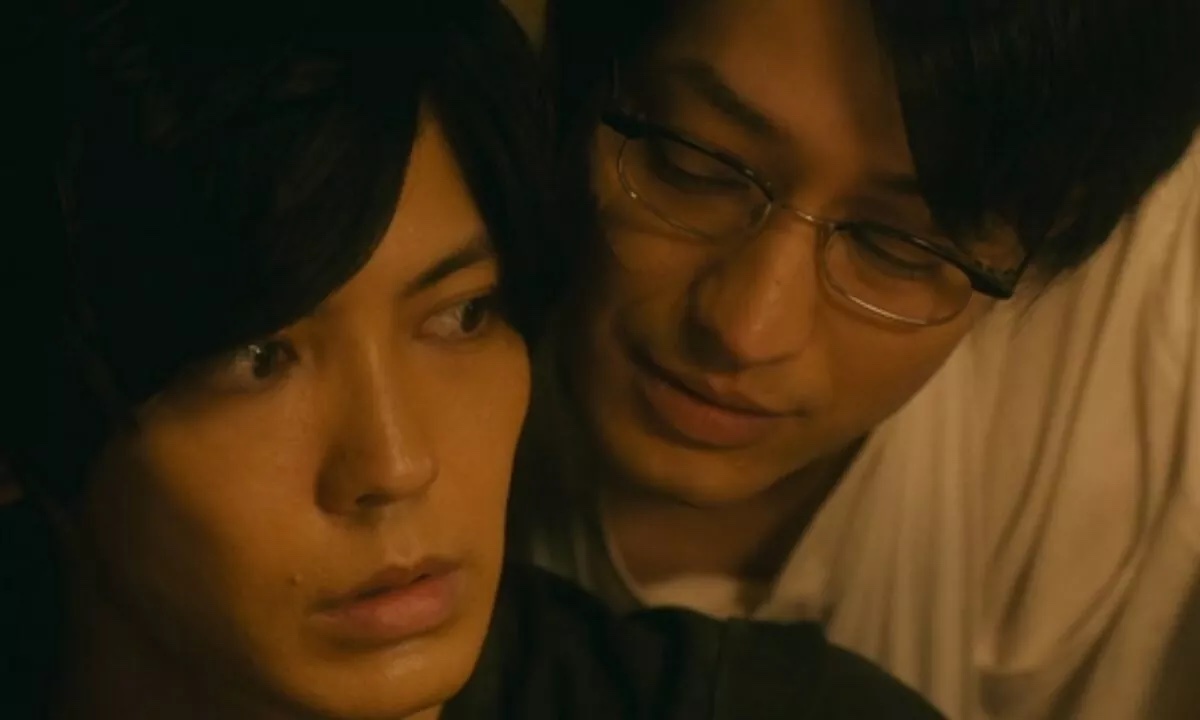
It’s a lot harder to separate real people playing characters from reality, which leads female audiences to fetishize both gay men and (in the case of non-Asian women) Asian people. This is seen on social media such as Tik Tok, where an Asian person will post a Tik Tok doing a dance or something of the sort, and all the comments are just about how they look like X character in a boys’ love show or if they’re dancing with another man, how they’d look so cute together. Comments range from well-meaning to downright harassment, reflecting badly on the boys’ love fandom and making everybody around them uncomfortable.
Most people who do this are preteen or teen girls who have yet to learn how to healthily deal with their emotions and sexuality, especially when expressing it to others. However, this does not excuse barraging actors and real-life MLM men with inappropriate and sexual comments because that reduces them to an object. If they can only see men as real-life versions of their favorite 2D characters, that is no different than men fetishizing lesbians and pressuring women to kiss each other.
While mangakas need to reform how they think about healthy relationships, the boys’ love fandom needs to rethink how they approach the content of their favorite genre and how to deal with it in the real world. The first step is learning to separate fiction from reality and not impose sexual questions or harmful stereotypes onto MLM men simply going about their lives.
What Boys’ Love Does For MLM Communities
Even with all its problems, boys’ love’s positive impact far outweighs its concerns. Its issues also aren’t specific to the genre—straight romance movies are often extremely creepy and contain the same predatory dynamics some BL shows do. That’s why female audiences drift to BL since there is some sense that the man has no social pressures to act submissive and are independent of their lover. These problems can easily be (and are being) fixed. The boys’ love fandom is enormous, which is suitable for enacting quick social change. With Yuri On Ice’s success, we can only expect more depictions of healthy MLM relationships to come out.
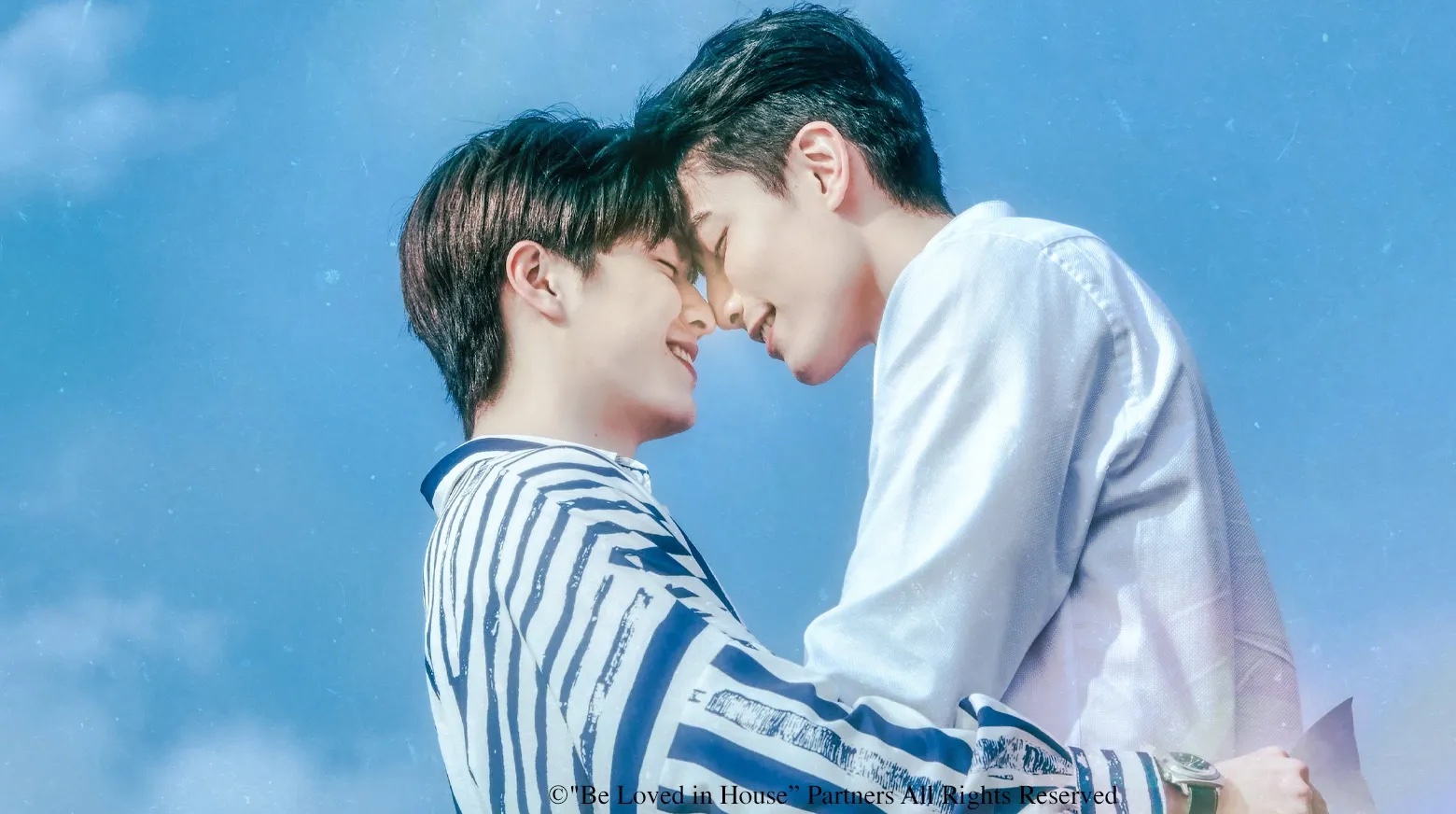
As said before, the central audience boys’ love is marketed to is women, and its fanbase is primarily women. However, since the genre portrays MLM romance, queer men and boys will inevitably enjoy it, especially since queer media is lacking in Asian countries. They look to these shows for support, representation, and validation. In homophobic societies where these boys and men feel unsupported and unloved, having a genre like boys’ love go mainstream makes them feel as if their identities are valid and that there’s nothing wrong with them. It allows them to feel that they’re not only allowed to have a romance but also that they’re entitled to the same romantic life that straight people have been allowed to have since the dawn of time.
These shows (the healthy ones) portray beautiful romance and domesticity that only straight people can afford. Opening this idea up to boys and men allows them to feel more comfortable in their sexuality and realize they can have the same things as their straight counterparts. Boys’ love is a source of entertainment for its female audiences, but it can be a lifeline for its male ones. That’s why it’s so important to continue making it mainstream and reforming it so that it can be the best it can be for everybody who enjoys it. However, what about lesbians? Even though seeing homosexuality onscreen is validating, it seems as if MLM relationships are the only ones represented, right?
Girls’ Love
Yes, there is a genre called girls’ love. Also known as yuri, it’s the story of a romance between two girls as the central plotline. However, girls’ love is rarely acknowledged by anime fans and hardly holds a candle to boys’ love in popularity. Why? Well, it has to do with a long history of lesbians and WLW women being pushed aside.
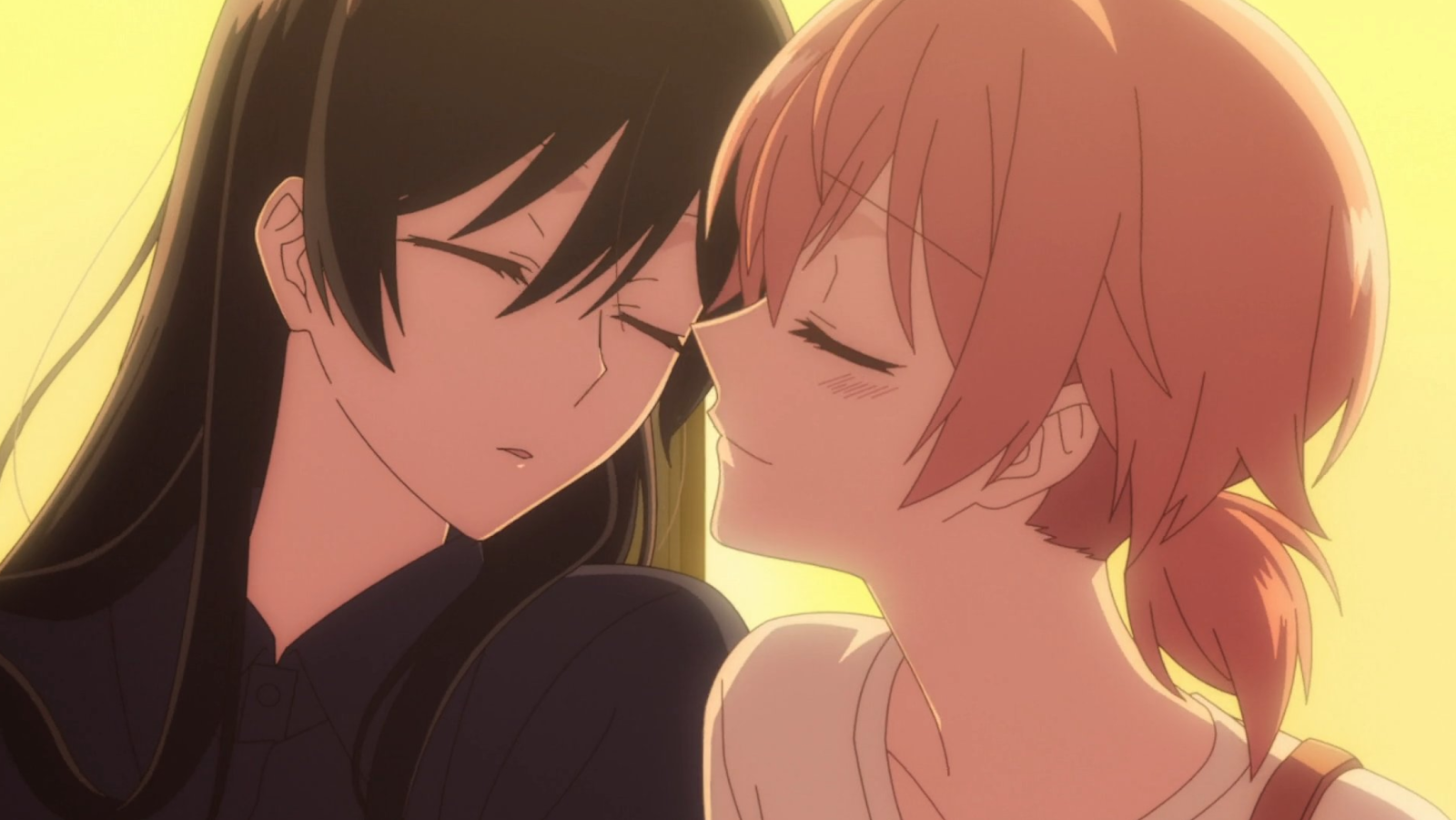
Lesbians and women having romantic/sexual relations with women have never been taken as seriously as men’s relationships with other men. Legislation has hardly ever targeted women because:
- Homosexuality was defined as acts of sodomy, which doesn’t apply to women;
- Women are infantilized, and their affections are thrown away as “exploration” rather than serious love for another woman.
People thought that bringing attention to legislation banning lesbianism would cause more women to “explore their sexuality.” Instead, it was assumed that only a small population of women were engaging in it, so homosexuality became correlated with gay men rather than gay men and women. The fact that this whole article is about boys’ love with a small section for girls’ love shows the disparity in their attention. Men’s sexuality has always been taken more seriously than women’s. If a man has romantic or sexual interactions with another man, he’s automatically labeled gay (ignoring that he could also be experimenting or bisexual). If a woman has these interactions with a woman, it’s merely seen as experimenting (not to mention sex between women isn’t even seen as “real” sex).
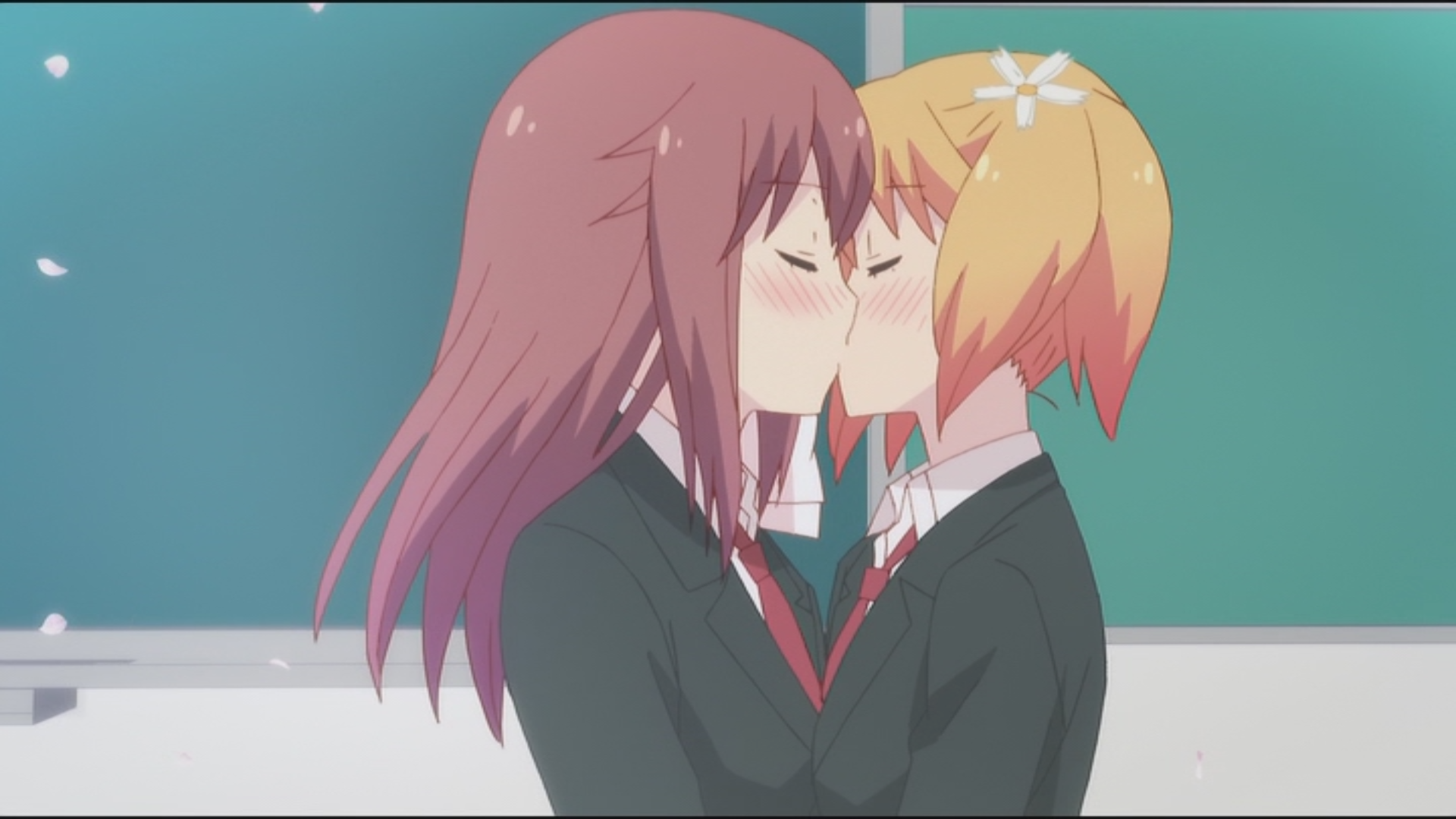
Boys’ love has that edge of “we must hide our sexuality from others” because of a homophobic society, giving it an automatic plotline. Girls’ love, no matter how romantic the girls are with each other, is still seen as “friends being friends” or girls experimenting with each other before going on to find a boyfriend. Additionally, the primary audience for boys’ love is women not only because they’re attracted to the men but because they feel in tune with the romantic and emotional aspects of the show/manga as well. It isn’t all about watching two hot men kiss and have sex; it’s about character development and the soft touches in between.
Male audiences are more drawn to action, so while men consume WLW content, it’s content that sexualizes the women (and is basically hentai/porn at that point) and portrays them as basically objects rather than being in tune with the emotional connection between the women and following the plotline to see their relationship grow. In fact, they prefer visual cues (attractive, young women) that downplay any emotional complexity and any sort of plot. So, therefore, the primary audience for girls’ love is WLW women, which is a far smaller demographic.
Although the reception for this genre is varied and smaller than others, anyone can enjoy this specific niche. They don’t have to be “woke” and watch something they don’t prefer. If boys’ love is your thing, go ahead. But analyzing why girls’ love is so underrated and unpopular compared to boys’ love is necessary, and if anything about the genre intrigues you, go ahead and watch it! The genre needs some reforms within itself, such as producing more content and producing content that doesn’t just sexualize the women — although, since the authors are mostly women, it does an excellent job at avoiding this.
The Bottom Line
There is still so much to talk about when introducing and analyzing boys’ love. This article mainly talks about mainstream TV shows, manga, and anime; however, there are still BL webcomics, manga, and manhwa that have their own fandoms, like “BJ Alex,” “Sign,” “Here U Are,” and more. These underground manga/manhwas are becoming so popular that a few of them have gotten their own small-production anime, such as Hyperventilation (2019) and Semantic Erorr (2021). They are short animations with only a few episodes, but it shows that the reception is so huge and optimistic that people are pumping animations and manga/manhwa out consistently.
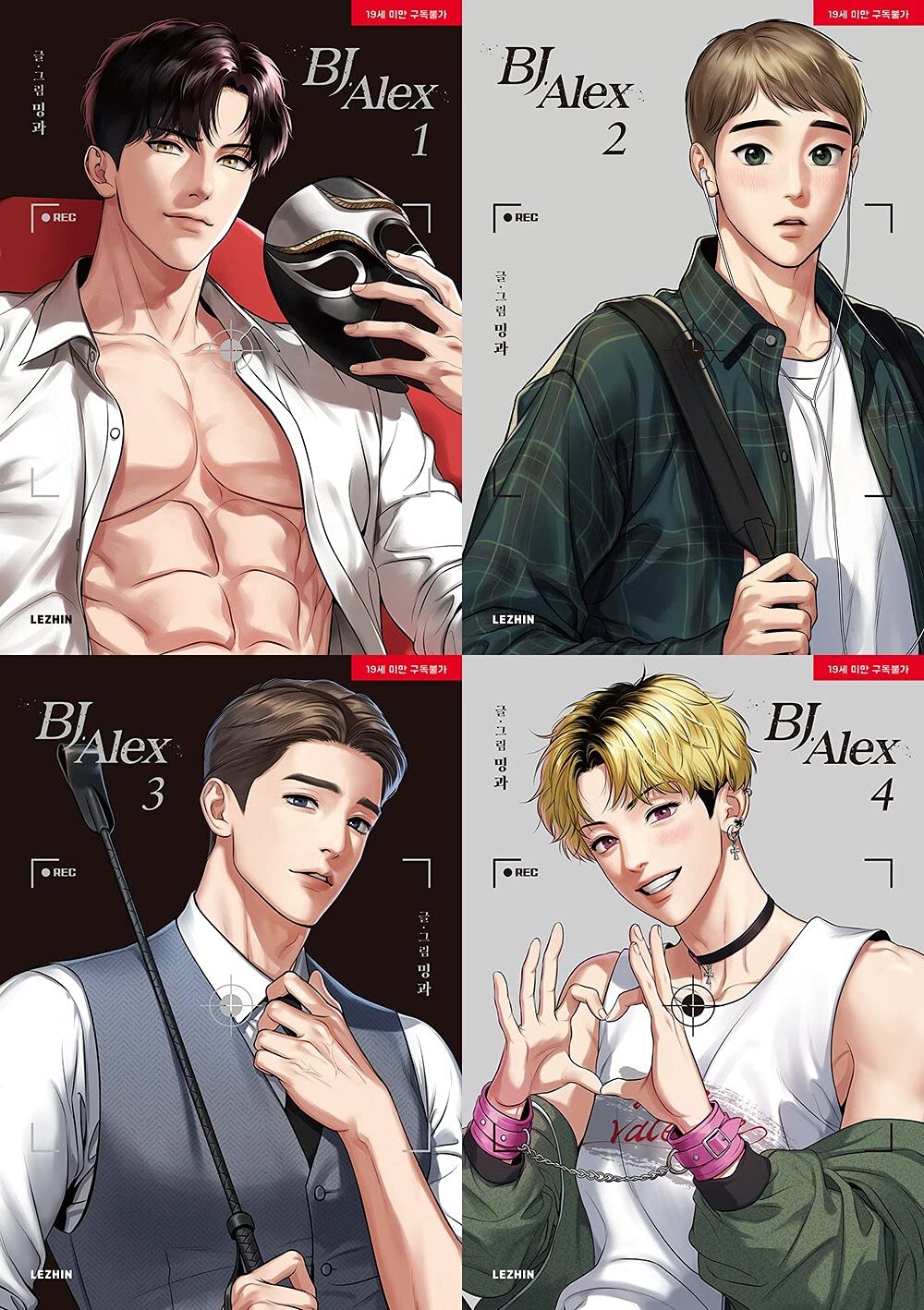
People love boys’ love. It’s a great source of entertainment but also one of validating and representation, so it’s no wonder it’s on the rise. As societies become more accepting and more Asian countries consider same-sex marriage and other protections for queer people, boys’ and girls’ love can only soar. However, the mindfulness of viewers who partake in online forums discussing this genre shows how impactful being cognizant of their actions online can affect actual MLM and WLW people, because while these genres are fun and subvert expectations brought about by straight romances, the issues that these media raise are real and affect actual people.
This explosion of BL means that MLM and WLW representations are taking the main stage and are given as much time, money, and clout as straight relationships. After being demonized and criminalized for the greater part of history, MLM relationships are finally being celebrated in mainstream media. They have their own fandoms with fans dedicated to the storylines, relationships, and characters that they represent. An addition of a media genre is excellent for people who want to expand their entertainment consumption. Still, it’s also crucial for the audiences who feel represented and validated because of this explosion.
The main rule of thumb with BL is this: consume boys’ love, but don’t let it interfere with reality and do not make it your entire personality. This is a rule of thumb for quite literally any form of media, but it’s especially pertinent for boys’ love since it deals with sensitive issues and real people. Besides that, continue rallying for more representation of healthy MLM relationships, and happy reading/watching!
